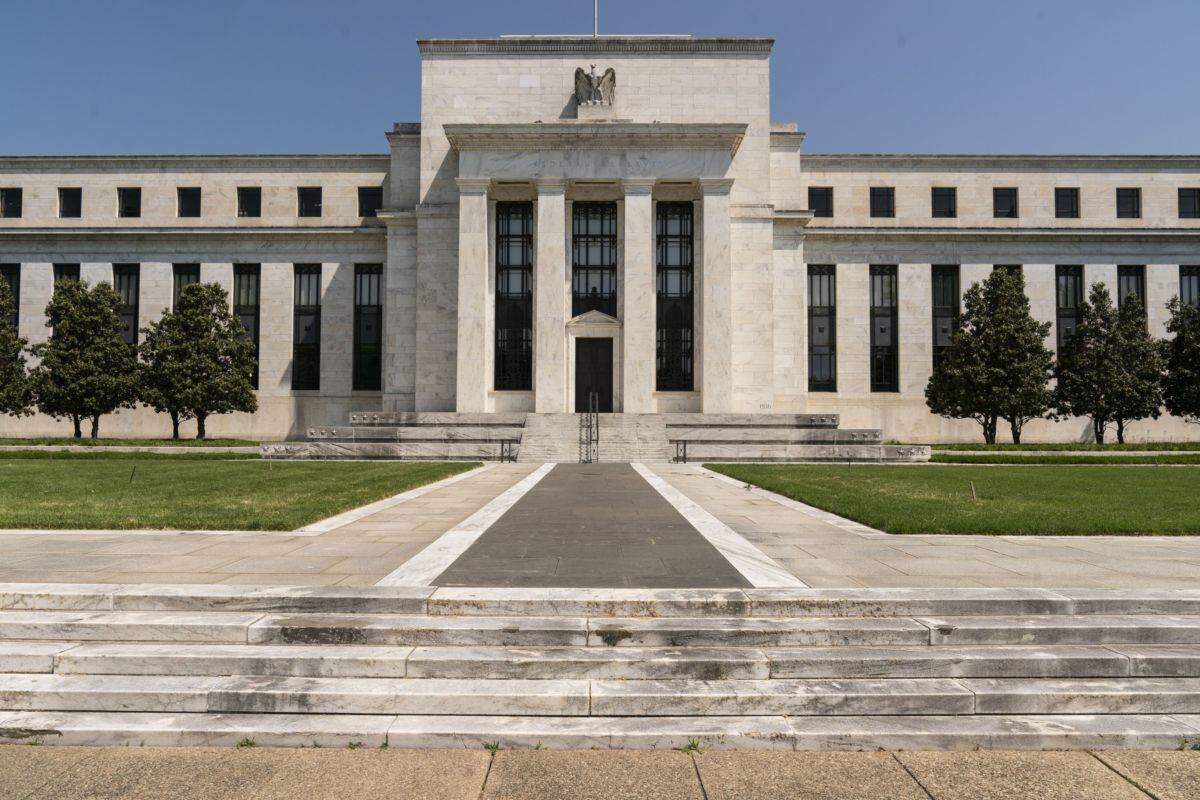
The increase in the yield of the bonds of the Treasure of USA and home mortgage rates may reduce support from the Federal Reserve to further rises in interest rates, the prospects for which have already diminished due to the slowdown in the inflation.
The Fed raised rates at its July meeting by a quarter of a percentage point, to the range of 5.25%-5.5%, a move widely expected by investors, who interpreted it as the last step of the entity in an aggressive campaign of 16-month rate hikes to curb the highest inflation in 40 years.
Since then, however, the yield on the 10-year bond has skyrocketed, rising from 3.86% on the day of the Fed’s decision on July 26 to 4.32% on Thursday.
Likewise, 30-year mortgage rates rose to 7.09%, breaking above the 7% level for the first time since November and marking a maximum of more than 20 years.
Stock markets – which can offer investors higher returns but also higher risk versus less volatile assets like bonds – have fallen, and the S&P 500 has reversed a five-month rise to fall about 2.6% from the last Fed meeting.
Investors in contracts linked to the Fed’s benchmark rate added to bets that it would not rise further, a view shared by 99 of the 110 economists surveyed, who also see the risk of recession in the United States declining.
The recent rise in returns has been rapid and surprising enough that “the Fed will closely monitor developments in the fixed income market and the broader implications for asset markets”said Krishna Guha of Evercore ISI.
The Fed watches a number of asset prices in its surveillance of the economy, including stocks, house prices and corporate bonds.
“An increase in yields of this magnitude represents a serious tightening of financial conditions under the Fed’s standard framework,” enough for the entity to want “avoid stacking” with further tightening of his own, said Guha, a former US central bank official in New York.
For the Fed, the increase in returns may help resolve a question that has worried monetary authorities in recent months: whether financial markets and the economy had fully adapted to the rate hikes imposed since last year, or whether a tightening of market-based borrowing costs was yet to come.
Indeed, many Fed officials have been perplexed by the recent easing of financial conditions, with equity markets and some house price indices rising despite rate hikes and line rhetoric. hard line that ensured that rates will stay high for as long as it takes to ensure that inflation returns to the 2% target.
A new Fed financial conditions index has been falling since December and some policymakers have cited rising home values and other factors as evidence that monetary policy is not having as much of an impact as expected, and may need to raise rates further.
At the Fed’s July meeting, most Fed officials were of the opinion that rates would have to rise further as the main measures of inflation remain more than double the 2% target.
Headline economic growth has also continued to exceed expectations, with a strong July retail sales report the latest example of the economy’s surprising strength, posing another conundrum for policymakers, who expect a slowdown to keep inflation going. slowing down
Normally, Fed officials would see this kind of economic strength as a reason for inflation to stay high and require further rate hikes.
However, the increase in yields is sustained, which could show that the bond market increases the cost of borrowing and slows the economy on its own.
In the end, how the Fed balances these two interpretations will likely depend on whether the next data shows inflation continuing to slow as job and wage growth slows toward pre-pandemic levels.
“A sustained rise in 10-year bond yields may be needed to slow the economy and the real estate sector in particular to get back to the 2% inflation target,” Citi economists wrote.
Source: Reuters
Source: Gestion
Ricardo is a renowned author and journalist, known for his exceptional writing on top-news stories. He currently works as a writer at the 247 News Agency, where he is known for his ability to deliver breaking news and insightful analysis on the most pressing issues of the day.











